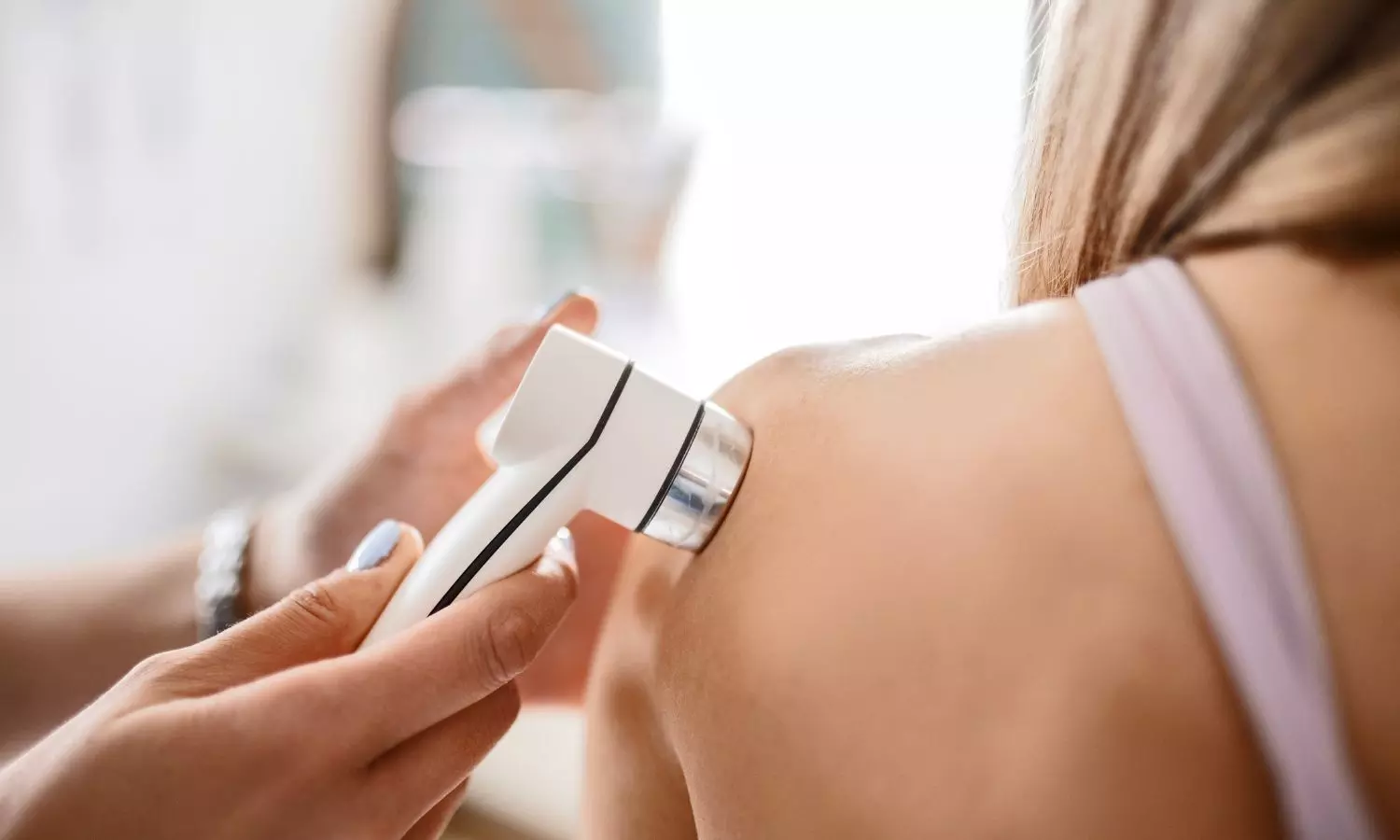Muscle Ultrasound May Detect Insulin Resistance Early, Study Finds

New Delhi: A new study from Michigan Medicine suggests that a simple muscle ultrasound of the thigh or shoulder could help detect insulin resistance—a condition that often leads to type 2 diabetes—before it becomes apparent through blood tests.
Researchers performed muscle ultrasounds on 25 participants and found a clear pattern: all eight subjects with confirmed insulin resistance and all seven with impaired insulin sensitivity had increased “muscle echo intensity,” or unusual brightness in the muscle tissue on ultrasound.
The study, led by Dr. Steve Soliman, Director of MSK Ultrasound and the MSK Radiology Fellowship at the University of Michigan, was recently published in the Journal of Ultrasound in Medicine.
“We perform a large number of shoulder ultrasounds and noticed that many patients' muscles appear unusually bright,” said Dr. Soliman.
“We found it interesting that most of these patients have type 2 diabetes. Seeing this pattern, we often thought, ‘This patient must have diabetes.’ More importantly, many were unaware of their condition until we confirmed it through their medical records and bloodwork.”
Even more notably, several patients whose previous blood tests were normal showed these ultrasound changes—and many of them went on to develop prediabetes or type 2 diabetes in short-term follow-up.
This could make muscle ultrasound a promising, noninvasive, radiation-free tool to predict insulin resistance long before symptoms or traditional lab results appear. The method could help reach the 232 million people globally with undiagnosed type 2 diabetes and the 438 million undiagnosed cases of prediabetes.
While the brightness didn’t correlate directly with insulin resistance severity (based on the insulin clamp test), researchers suspect this is due to the small sample size and are continuing the study with more participants.
Early biopsy findings suggest the bright ultrasound signals may reflect fat buildup or fibrosis in muscle, potentially impacting muscle health and function.
Looking ahead, Soliman believes that with the help of AI and portable devices, this screening could be widely available—even in primary care offices, urgent care centers, or community health events.
“A clinician or even a medical assistant could use this tool as easily as checking blood pressure,” Soliman explained. “It’s simple, noninvasive, inexpensive, and radiation-free.”


